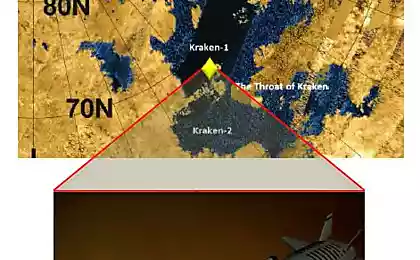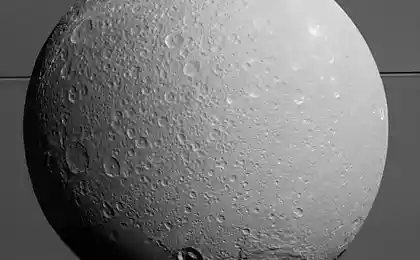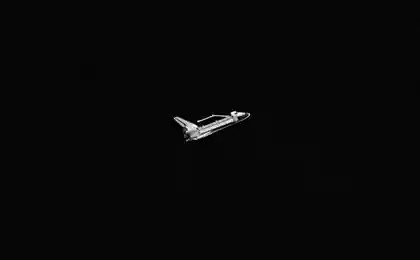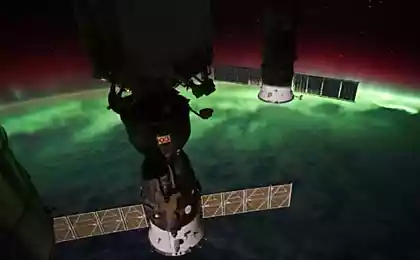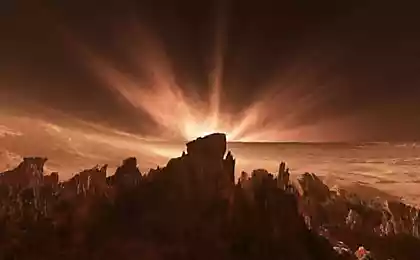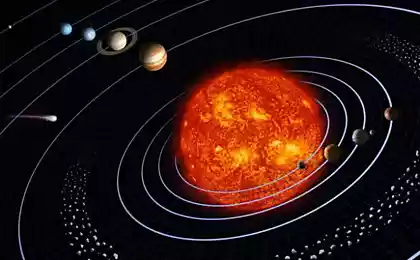726
On Titan, discovered methane in the dunes
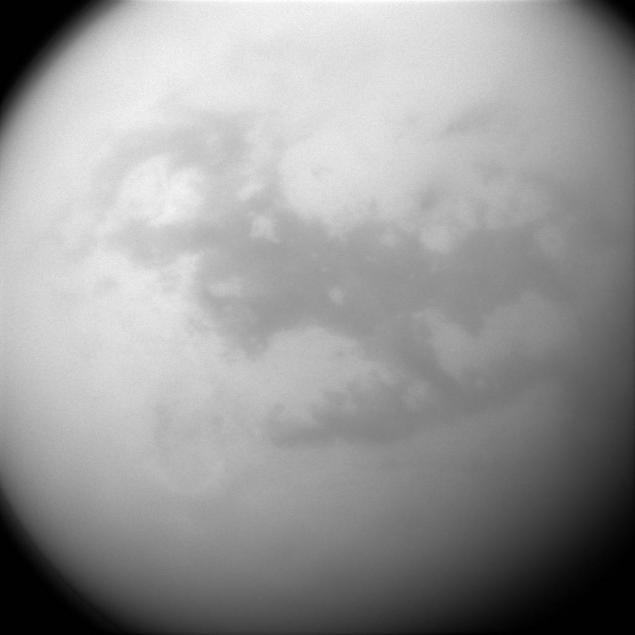
Scientists NASA discovered on Saturn's largest moon, Titan, methane dunes. The discovery was made thanks to Cassini, the spacecraft, which for several years studying Saturn and its surroundings. Boiler according to some characteristics similar to earth. In addition, as on Earth, there are lakes, rivers, rain. However, the rain on Titan is not water but methane and ethane. Lakes, rivers and the sea is also made up of hydrocarbons. But the surface includes water ice.
Methane dunes were very interesting subject to study. Wind acts on the dune so as to ground and changing their configuration and shifting from place to place.
Two regions of the dunes are called Fensal (north of Titan) and Aztlan (south). Both regions are connected vertically oriented dune that forms a sort of letter "H". For more detail see this region is to view photos this link .
Titan's atmosphere is composed primarily of methane, and the atmosphere is very dense. On Earth, there is the water cycle, and this cycle on Titan instead vyody includes methane and ethane. Hydrocarbons evaporate, condense, and fall on the surface of Titanium in the form of rain. Well, the dunes - it is a kind of carbon snow, which dejsvie methane fresh breeze.
Now Cassini is near the end of his mission, and scientists speculate about the future, planning to develop and launch new projects. One of the most ambitious projects - the launch of the submarine, which will study the methane / ethane lakes and seas of Titan.
A few days ago, Cassini sent photos of Enceladus , taken from a distance of just a few dozen kilometers from this satellite of Saturn. Also, the unit went through emissions kriovulkanov planetoid, studying their composition. Soon it expected to reach a large amount of information on the nature and composition of emissions kriovulkanov, but now you can see a few photos taken by Cassini on this day.
The study of emissions kriovulkanov allow scientists to understand the approximate composition of ocean water. This, in turn, will allow to understand whether there is a probability of the existence of life under the icy crust of Enceladus. Soon scientists will publish much more information about Enceladus.
Previously, the agency NASA laid out new images of Saturn's moons, Mimas and Pandora. Despite the fact that both satellites revolve around the same planet, they are very different. Pandora, which is considered a small moon, because its diameter is only 81 km has an irregular elongated shape. Mimas, with a diameter of 396 kilometers, is considered to have a medium-sized satellite. Its shape is correct, due to the greater than that of Pandora's weight.
The shape of these bodies helps to understand the history and development of satellites. For example, an explanation of the elongated shape of the Pandora can be a low density of the material, the term planetoid. Perhaps Pandora formed from particles of Saturn's rings, joined together for one or another reason.
Source: geektimes.ru/post/265376/










